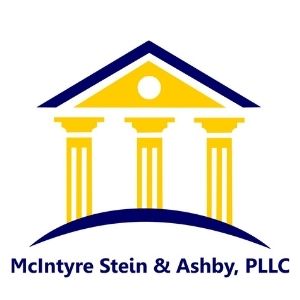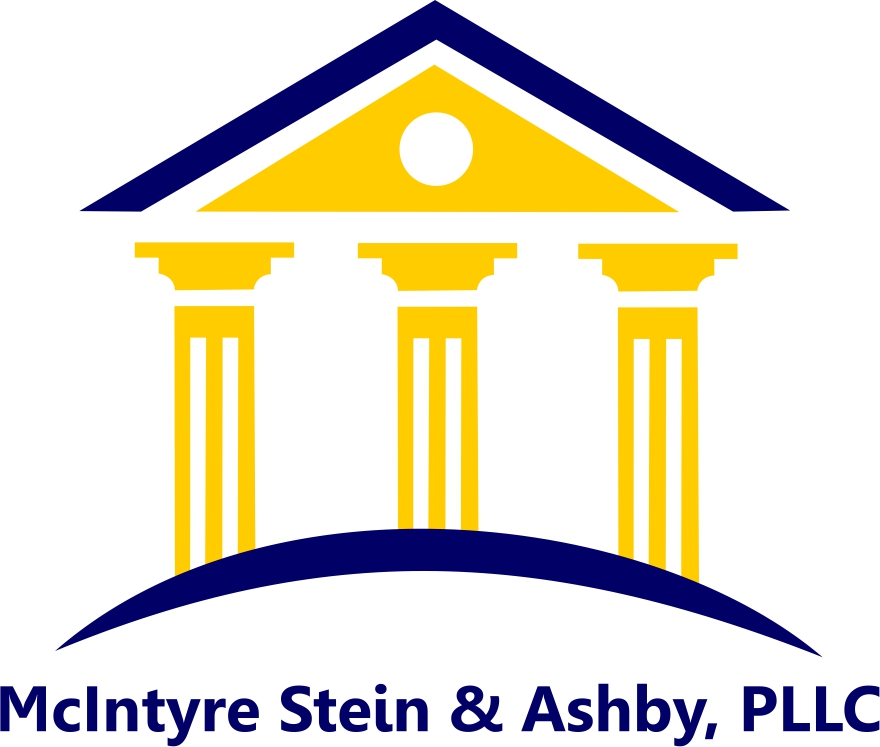Debt Settlement
Debt settlement is an approach to debt reduction through which a debtor and his or her creditor agree upon a reduced balance that will be regarded as payment in full. For those who wish to avoid a bankruptcy filing, but have more debt than they can afford, debt settlement is an attractive alternative. The lawyers at McIntyre Stein & Ashby, PLLC have a proven track record of negotiating very favorable debt settlements for their clients. Call today if you would like to learn more about this option.
What is debt settlement?
Debt settlement is the process of negotiating with creditors to reduce overall debts in exchange for a lump sum payment or much smaller payments over time. A successful settlement occurs when the creditor agrees to forgive a percentage of the total account balance. Normally, only unsecured debts can be settled. Unsecured debts include medical bills, credit card debts and deficiency claims arising after the foreclosure of a home or repossession of a vehicle. Although debts secured by property, such as a home loan prior to foreclosure, can be modified, the process is very different from a traditional debt settlement.
For the debtor, this makes obvious sense. They avoid a bankruptcy filing, while still reducing their debt to a manageable level. Creditors also benefit from this process, since it allows them to receive more than they would receive if the debtor were forced into bankruptcy. Debt settlements also allow creditors to report the debt as “paid as agreed” on the debtor’s credit report, speeding up the process of repairing damaged credit.
History of Debt Settlement
As a concept, lenders have been practicing debt settlement for some time. However, the business of debt settlement became prominent in America during the late 1990s and early 2000s when bank deregulation, which loosened consumer lending practices, followed by an economic recession, placed consumers in financial hardship.
With charge-offs (debts written-off by banks) increasing, banks established debt settlement departments staffed with personnel who were authorized to negotiate with defaulted cardholders to reduce the outstanding balances in hopes to recover funds that would otherwise be lost if the cardholder filed for Chapter 7 bankruptcy. Typical settlements ranged between 25% and 65% of the outstanding balance.
Given the current economic crisis, creditors are less confident in the ability of their debtors to repay a substantial portion of a defaulted account in the future. Likewise, many consumers who would not have considered a bankruptcy filing several years ago are now more willing to file for bankruptcy protection in order to get a fresh start in life. As a result, debt settlement agreements are often more advantageous than they were before the economic downturn.
How does debt settlement look From the creditors perspective?
The creditor’s primary incentive is to recover funds that would otherwise be lost if the debtor filed for bankruptcy. The other key incentive is that the creditor can often recover more funds in an agreed settlement than through other collection methods – most of which are very expensive for the creditor. Collection agencies and collection attorneys charge commissions as high as 40% on recovered funds. Bad debt purchasers buy portfolios of delinquent debts from creditors who give up on collecting themselves for as low as 10 to 15 cents on the dollar, depending on the age of the debts. Collection calls and lawsuits sometimes push debtors into bankruptcy, in which case the creditor may receive nothing. All of these factors can make debt settlement advantageous to a creditor as well as a debtor.

